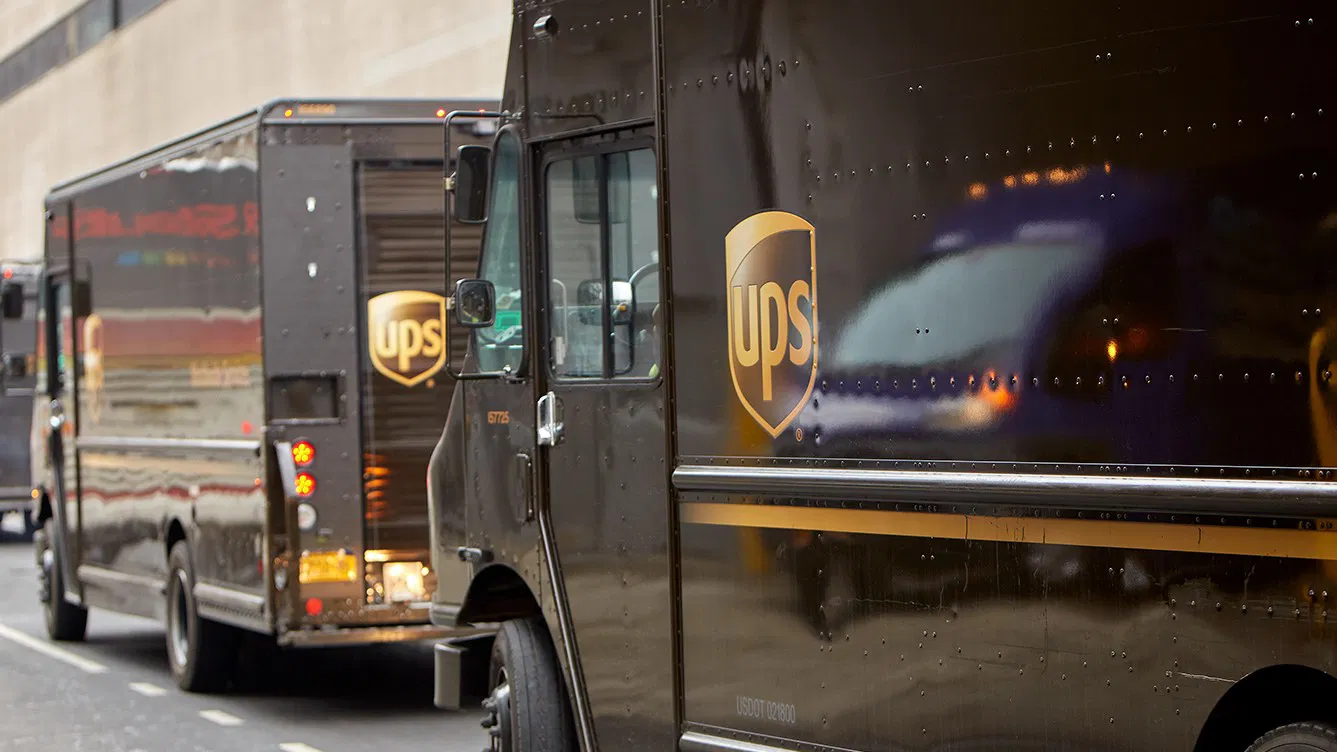Union Workers Given Additional Time to Accept Voluntary Exit Package
The move by UPS to extend the buyout offer deadline reflects ongoing challenges within the company regarding driver participation in the voluntary exit program. This article discusses the implications of this decision and the broader context affecting logistics operations.
주요 특징
- UPS has pushed back its driver buyout program deadline by two weeks, indicating insufficient interest for the company’s desired job reductions.
- The Teamsters union has voiced opposition to the buyout, arguing it violates their contract and offers inadequate compensation.
- This buyout is part of a wider restructuring plan by UPS, which includes facility closures and a reduction in workforce to adapt to diminished demand from major clients.
- The exact number of participants remains undisclosed, but the extension signifies that the target for job cuts has not been met.
Details of the Buyout Program
UPS announced the extension for drivers to opt into the buyout program, which was initially set to conclude on July 31. Sources close to the situation revealed that the new deadline is now August 14. The decision to extend came as a surprise, with the Teamsters union labeling it a “devious” move to navigate driver reluctance. A spokesperson for the union highlighted that many members feel compromised under this plan, particularly regarding the compensation structure.
UPS’s CEO, Carol Tomé, stated during a recent earnings call that there had been significant interest in the buyout offer, though detailed participation statistics have not been disclosed. Notably, a large portion of UPS drivers are at the maximum pay scale, which likely complicates decision-making for those with decades of service.
Compensation Package Overview
UPS’s buyout offer includes payments structured at $1,800 for each year of service, ensuring a minimum payout of $10,000. For instance, a driver with 27 years of experience would receive $48,600 if they choose to accept the buyout. However, the Teamsters argue that the compensation lacks a sense of fair play, merely offering around one week’s salary for every year served. This perceived undervaluation may deter drivers from accepting the offer.
Logistics and Operational Implications
UPS’s restructuring plans, including the job cuts and facility closures, are aimed at aligning its operations with reduced business volume resulting from decreased demand—primarily related to its relationship with Amazon. With the plans to decrease operational capacity by shutting down 200 domestic package sortation centers over five years and the elimination of 20,000 front-line positions, UPS is attempting to streamline its logistics footprint.
Tensions with the Teamsters Union
The opposition from the Teamsters union raises important questions regarding contractual obligations and changes in employment terms. The union has contested that the buyout’s introduction violates their master contract, which obligates UPS to create about 30,000 full-time jobs—a commitment they believe is being undermined. Additionally, they insist that any modifications to compensation and separation must be negotiated.
미래 예측 및 물류 고려 사항
This situation at UPS holds pivotal implications for 물류 and freight movement, particularly in how labor relations influence operational efficiency. The need for robust logistics systems—to keep pace with changing demands—coupled with worker satisfaction and engagement is more crucial than ever. Even as companies look for ways to cut costs, underestimating workforce morale can derail operational plans.
Choosing the right logistics partner is equally essential for businesses aiming to navigate these changes effectively. Platforms like GetTransport.com offer affordable and versatile logistics solutions, from home moves to the transit of large cargo, allowing businesses to stay agile and responsive.
결론
The dynamics surrounding UPS’s buyout offer and the response from drivers highlight the constant balancing act that companies face in workforce management and operational efficiency. Observing how these developments unfold can provide insights into broader logistics trends that affect shipping and distribution networks. As businesses adapt to changes in demand and workforce dynamics, understanding and prioritizing effective logistics remains crucial.
Despite the various challenges, companies such as GetTransport.com simplify the logistics process, offering reliable and cost-effective solutions for cargo transportation. By leveraging comprehensive delivery options for equal access to global markets, GetTransport.com empowers customers to make informed decisions that meet their diverse needs efficiently and affordably. For seamless logistics management, consider using GetTransport.com for your upcoming cargo transportation needs—Book your Ride at GetTransport.com.

